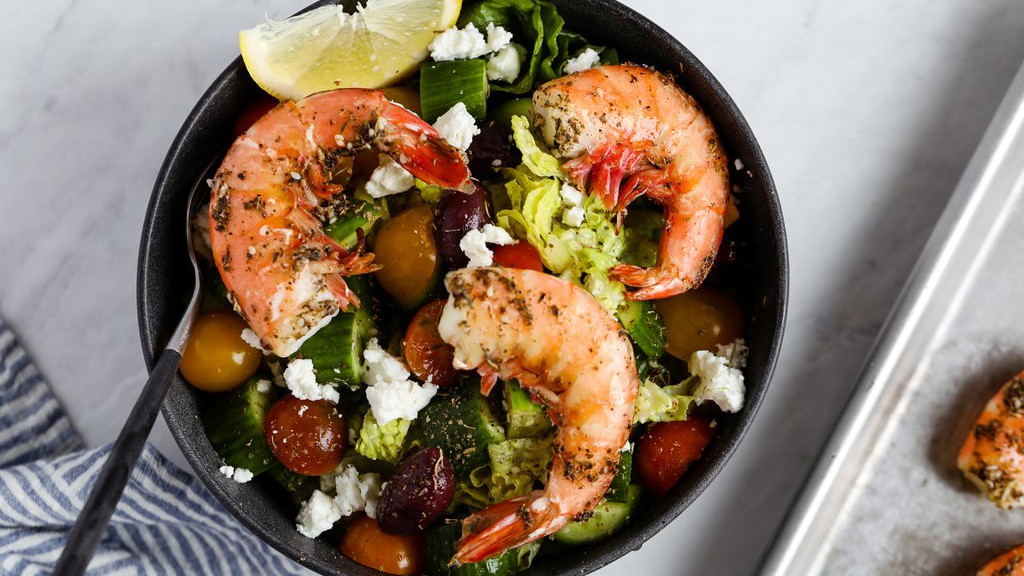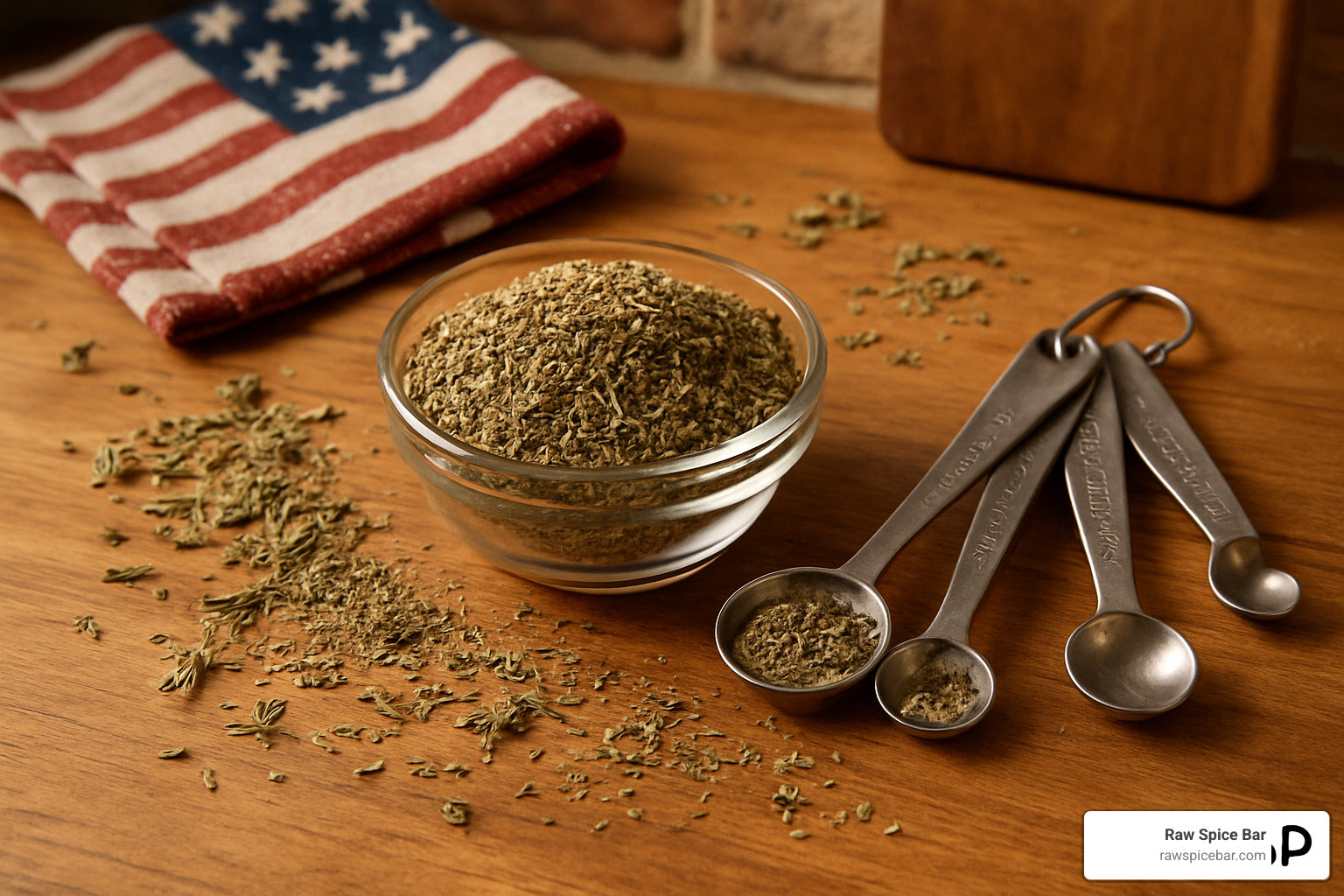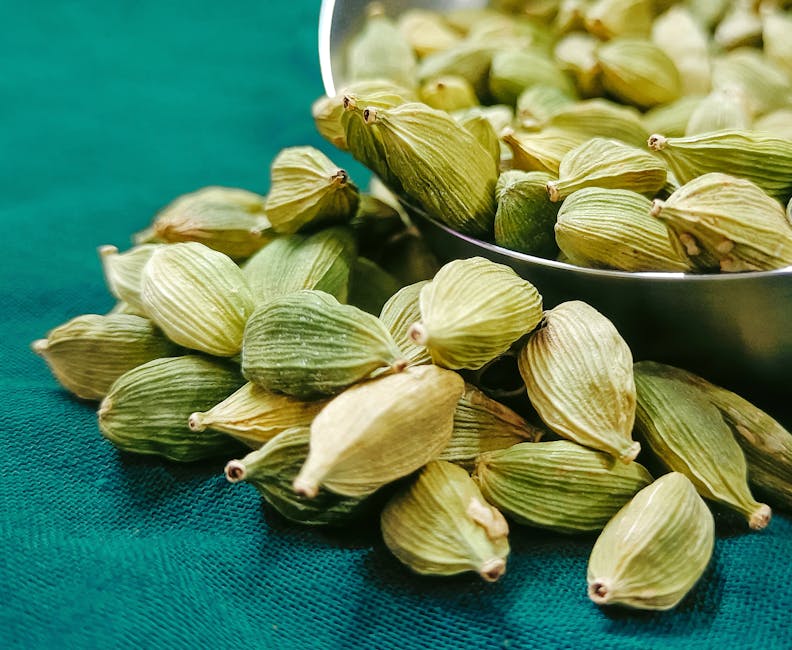Za’atar has an intricate, slightly convoluted history thanks in part to the secrecy Middle Eastern families kept regarding their recipes. Its exact composition varies amongst eras, regions, languages and classifications. For starters, the word can actually refer to a singular herb—a wild oregano species—and a spice blend. The mixture is typically comprised of the herb and some combination of toasted sesame seeds, sumac, salt, oregano, basil thyme, thyme and savory.
Biblical Bites
Za’atar has made culinary cameos throughout history. In fact, an ancient version of za’atar is said to have been buried with King Tut. Another variety also makes several appearances in the bible under the Hebrew name “ezov,” which mainly refers to hyssop. The plant, however, is never actually eaten in either the Old or New Testaments. There’s debate as to whether or not this iteration even qualifies as za’atar, but as mentioned, za’atar isn’t historically bound to one definition. Even today, some companies pay homage to the spice’s religious roots as a number of commercially available za’atar blends in Israel are labeled as “holy hyssop.”
“Modern” za’atar has long been a staple in Arab cuisine and even began to garner a reputation as a medicinal remedy around the 12th century. With such a storied history, it’s nice to know that za’atar is still a hit today. It doesn’t take long to find a food blog fawning over its transcendent taste.
Tale of the Taste: The Herb vs. The Blend
The herb has its fair share of pseudonyms: Middle Eastern or Syrian Oregano, biblical hyssop, and the scientific names Origanum Syriacum as well as Majorna Syriaca. The actual taste is very similar, unsurprisingly, to thyme or oregano.
The blend, as mentioned, generally consists toasted sesame seeds, sumac, salt, oregano, basil thyme, thyme and savory. Other variations will toss in hyssop, dried citrus zest and other dried herbs like dill. Why the variety? Some blends follow secret family recipes. Regionally, some locations put their own twist on the blend. Inconsistency, in a way, is its beauty.
Our za’atar blend captures the earthy, herbal and tangy notes in a simplified mixture with some of the best regional ingredients. Combining toasted sesame seeds, sea salt, hyssop, savory and sumac, the RawSpiceBar’s Za’atar blend can accompany all kinds of meats, seafood, vegetables, breads, even yogurt. We like it particularly well with shrimp, especially when it's grilled on a skewer and served on this delicious salad.
Serves: 4
Prep time: 10 minutes
Cook time: 5 minutes
Shrimp
16 jumbo shrimp
4 tbsp RawSpiceBar Za’atar Blend
2 tbsp olive oil
2 tbsp lemon juice
1 tsp kosher salt, to taste
Salad
2 romaine lettuce hearts, chopped
1 cucumber, diced
1/2 pint cherry tomatoes, halved
1/2 cup pitted black olives
1/2 cup crumbled feta
1 tbsp RawSpiceBar Za’atar Blend
2 tbsp lemon juice
3 tbsp olive oil
1/2 tsp kosher salt
1/4 tsp black pepper
- Preheat the oven to 400°F or preheat half of a grill to high.
- Arrange the shrimp on skewers (if grilling, soak wooden skewers in water for at least 30 minutes first).
- In a small bowl, combine the Za’atar, olive oil, lemon juice, and salt. Brush the shrimp with the seasoning sauce on both sides.
- Roast or grill the shrimp over indirect heat until they are cooked through and bright pink, about 5 minutes. Flip halfway through grilling (not necessary in the oven).
- Meanwhile, make the salad. In a serving bowl, combine the chopped lettuce, cucumber, tomatoes, olives and feta. In a jar or small bowl, whisk together the Za’atar, lemon juice, olive oil, salt, and pepper. Drizzle the dressing over the salad and toss to coat.





